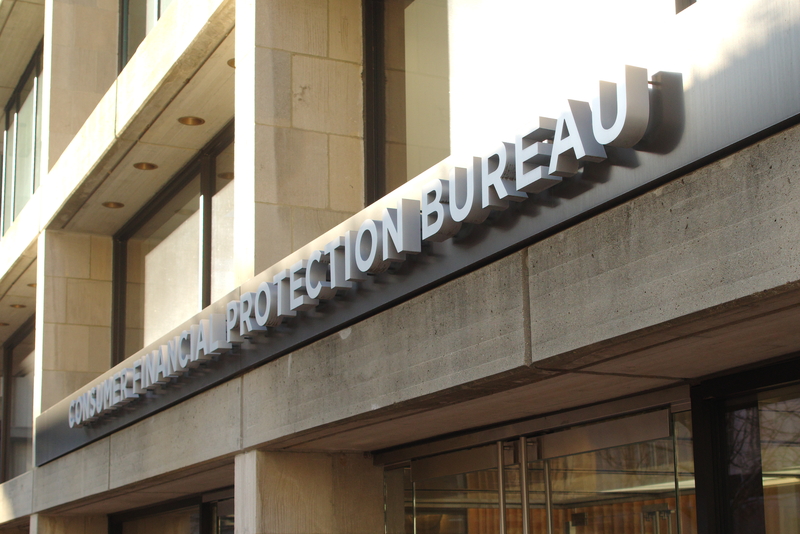On March 6, the SEC adopted new climate-related disclosure requirements, thereby creating the first federal statutory regime of its kind. The final rules come almost two years after the SEC proposed them and after an intense comment process.
We contacted some compliance and legal gurus who have been keenly awaiting the new rules and were similarly anxious to talk about their significance, limitations, already-contested aspects, and the road ahead.
But since we’re still dealing with the effects of “springing ahead” in the United States, let’s refresh our memories first.
The new climate rules
As has been a source of great attention, the final rules eliminated the controversial requirement to disclose Scope 3 greenhouse gas (GHG) emissions that was a part of the proposed iteration of the rule.
In fact, the SEC also limited the requirement to disclose Scope 1 and Scope 2 GHG emissions as well. Only large accelerated and accelerated filers are required to disclose them (and eventually provide attestation reports) – and only if they are material to the filer.
The SEC also modified its proposal to disclose certain climate-related financial statement metrics and related disclosures in a note to audited financial statements. Instead, the rules require disclosure in notes to the financial statements of the costs, expenses and losses associated with severe weather events, carbon offsets and renewable energy credits if any of them are a material component of a climate target or goal.
Kept intact in the final version were the details required about material climate-related risks with potential material impacts on strategy, business model and outlook, plus company board and management oversight expectations.
The final rules have a multi-year phase-in for the disclosure requirements, based on company filing status.
Insights from experts
This rule adoption is a big deal, right?
Yes.
Gal Shargil, an attorney, consultant and managing member of the New York State Bar Association’s ESG Committee said: “The SEC climate guidelines issues in 2010 lacked teeth, and companies didn’t follow them. As a result, investors could not rely on them. It is a rule and not a guideline, and this is important, because it is specifically aimed at the US capital market, US investors and the US economy. The adaptation of this rule into US laws is a better option than relying on international frameworks.”
But is it a bit toothless without the Scope 3 data?
Alison Taylor, a Clinical Professor at NYU’s Stern School of Business, and an author and ethics expert, says she is more sanguine on that issue than many others. She calls the former Scope 3 emissions requirement “mainly an opportunity for consultants and assurance providers to make a ton of money data gathering. We already know where the bulk of emissions sit in each sector.
“We don’t need a giant measurement exercise when the real challenge is figuring out what to DO (emphasis hers), and this is not the job of the regulator. Plus, it leaves companies navigating time-wasting dilemmas about consumer use of products and fragmented supply chains,” Taylor added.
Michael Arana, a corporate attorney in New York, is not convinced the rule has much teeth without the Scope 3 emissions data. He said without those disclosure requirements “the SEC rule is insufficient and deeply disappointing”.
“According to the rule, you also have to disclose what you do to mitigate the risk. This affects the price of your stock. Disclosures have teeth.”
Linda Kleftodimou Smith, Head of ESG Compliance, Nuveen
Will the SEC withstand some of the litigation that has already begun as challenges to the rule?
Adam Wasserman, a securities attorney and executive director of the sustainable finance nonprofit Finpublica, says this rule is “the bread and butter of SEC rulemaking”, which focuses on disclosure. He says it’s a rule completely within its remit to make, especially since the agency has tied its requirements to financial impact and materiality.
He also referred to comments submitted by the Working Group on Securities Disclosure Authority in June 2022 – a bipartisan group comprised of former SEC officials (including four chairs), scholars, and leading practitioners – that announced its view that the SEC has the statutory authority to craft disclosure rules in this arena.
I wondered whether, weakened or not, any disclosure regime is just that – disclosure for the investing public to consider or not. Isn’t corporate action what we are really interested in here?
Taylor was ready for that question. “The faith in the transformative power of disclosure regulation is bewildering to me,” she said. With that said, she thinks it will have an effect on wider norms and at least enable companies to focus on an achievable request.
Linda Kleftodimou Smith, Head of ESG Compliance at Nuveen in New York, said disclosures are meaningful. “According to the rule, you also have to disclose what you do to mitigate the risk. This affects the price of your stock. Disclosures have teeth.”
Wasserman agrees. “It will be in these filers’ reports, and companies now have a more standardized way of reporting what they already have been reporting, plus will likely be more willing to report now.” He acknowledged, though, that some organizations might not believe certain risks are material and arguably get that calculation wrong.
David Walsh, partner at Dillon Eustace in New York, said some US managers who have business operations in the EU and are subject to the Corporate Sustainability Reporting Directive could get some helpful advice about how to craft their US-required disclosures along the same lines. Obviously, the SEC’s rule is weaker and both rules have phase-in time periods, but the value in having that reporting infrastructure in the EU shouldn’t be overlooked.












